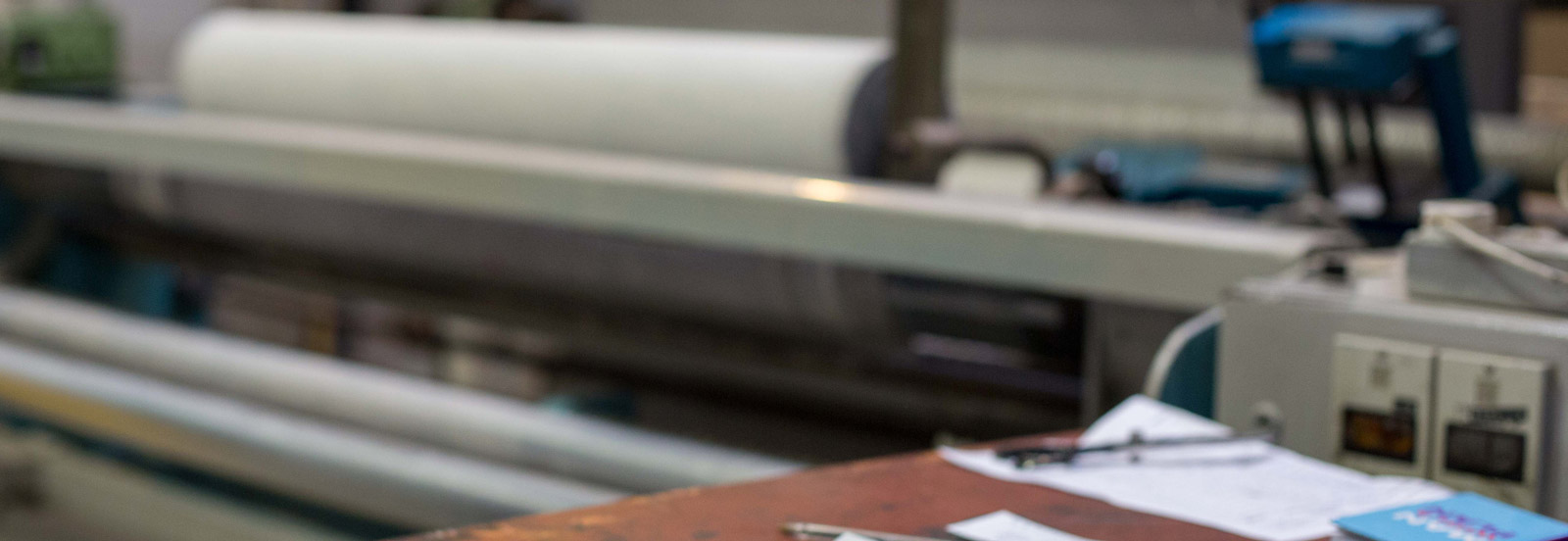27 Feb THE GRAND PLAN
FIRST and FOREMOST.
I have been asked too many times “what is an ESR?”
To those people I can only say: Please make an effort to keep up! An ESR is an Essential Safety Requirement and will be the basis of the new OPSS approach. The game entails describing ideas of what will (simply) define what is necessary to allow fire and chemical safety.
(Sorry, did I say “game”, I must be losing touch with reality already: this is not a TV game show – or is it?)
Please read on:
OPSS REVIEW INTO FFR AND MATTRESS REGULATION
THE GRAND PLAN
ESR 1
Define RISK.
Large upholstered items of foam filled furniture with a textile outer cover.
Small ignition sources may create a large and toxic (i.e. oxygen depleting) atmosphere in a dwelling when subjected to relatively small open flame and smoulder ignition sources.
Experience has shown during the last 30 years that this may be addressed by the FFR whereby a cover textile is deemed protective of whatever filling material using a ‘worst case scenario’ (WCS) testing regime. This regime is based on using an L shaped rig holding an assembly of cover material and filling.
This rig is a suitable vehicle for testing such combinations of cover textile and filling material to assess whether or not a protective cover scenario is possible.
The Problem.
Upholstered furniture may be very simple in form or a complex mixture of surfaces where the filling may vary for a wide range of reasons.
For this reason the present FFR system should be maintained as an option. That decision can only be in the control of the upholstery manufacturer.
Decisions made to modify the outer cover or filling material in any way and including after manufacture musty be based on an assessment of the RISK created by varying the WCS.
ESR 2 Define IGNITION SECURITY.
This may be described as the IGNITION SECURITY of the final article. This implies a state or level of care in assessing Risk and is not a guarantee of performance but represents a duty of care approach to ensuring the problem is recognised and addressed. The L shaped rig test is the basis for assessment.
In this way any changes made to reduce costs, modify qualities or simply demonstrate branding (e.g. in the case of a mattress) will be the responsibility of the manufacturer and they must be able to demonstrate and record evaluation of the Risk. They must be capable of proving IGNITION SECURITY.
It is possible to demonstrate that any synthetic fibre fabric over a CMHR foam may be deemed safe i.e. it demonstrates in an L shaped rig test IGNITION SECURITY and this will be sufficient for large plain surfaces such as seats and backs. It is recognised that small changes to materials and components (including e.g. silicone lubricating chemicals) may significantly change this assessment Additional filling materials must be assessed using the L shaped rig method to ensure they do not change this assessment.
The sections of an article where for reasons of cost or practicality changes to the simple combination have been made may be brought to a level of IGNITION SECURITY. In this way the final article may be assessed to prove IGNITION SECURITY. This could be a barrier attached to the outer cover or placed over the section but below the cover. It could be design that allows the use of an IGNITION SECURITY proven combination that is similar to the seat base and back. Designing material combinations for shape, comfort or cost must meet the IGNITION SECURITY requirement.
Assessment of cover textiles in this case must include assessment of flame spread potential on the basis of development of increased energy ignition conditions that would challenge IGNITION SECURITY.
This same approach could equally well be applied to Mattresses.
The fail safe mechanism of this approach would be that a final article may be tested and be capable of resisting ignition at any point on its outer surface.
Conclusion.
Under this approach the level of Consumer Protection will be maintained.
Production of articles without the resort to the high outer textile protection employed by the FFR is possible.
Simple production techniques based on commercial demand using the proven methods of the FFR will remain possible.
Additional requirements.
Chemical systems applied to achieve IGNITION SECURITY must meet all the requirements of REACH and be maintained at the highest level of relevance to changes in substance assessment (on a monthly basis).
Chemical systems must be assessed in terms of REACH Exposure Scenario and that must be made as relevant as possible to the application including domestic living space and sleep environment exposure.
PJW



Sorry, the comment form is closed at this time.